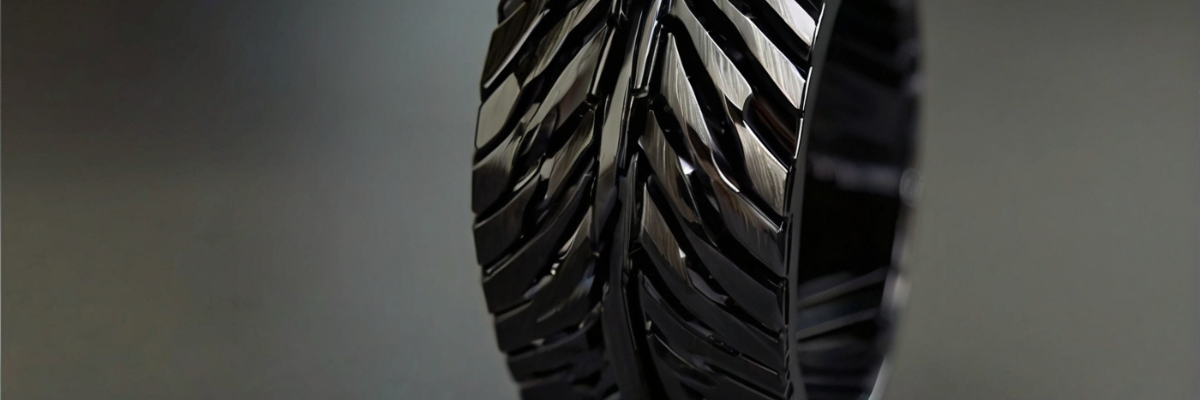Carbon fiber is one of the most popular materials in a variety of industries. In particular, when extraordinary strength or a lightweight replacement for metals is needed, such as in the automotive or aerospace industries, the use of carbon fiber is ideal.
These fibers have a diameter of between five and seven micrometers and are incorporated into the base material to combine the properties of the carbon fibers with those of the base material. Many different materials can be used as the base material, from ABS to nylon to PETG.
Today's blog post will focus on the benefits and unique opportunities that the use of carbon fiber composites can provide. I will list the individual properties that are improved by carbon fibers and briefly explain what exactly the carbon fibers achieve and how it helps your production.

Strength
One of the main arguments in favor of carbon fiber reinforced materials is the increased strength of the 3D-printed components, due to the connection with the base material. In particular, when the carbon fibers are combined with a base material such as polyamide, which already has a very high strength, components with a maximum strength can be produced.
This maximized strength enables components to withstand an absolute maximum of mechanical stress before deformation occurs. This is essential, for example, for components in passenger vehicles or aircraft components such as rotor blades, in order to withstand the massive stresses during use.
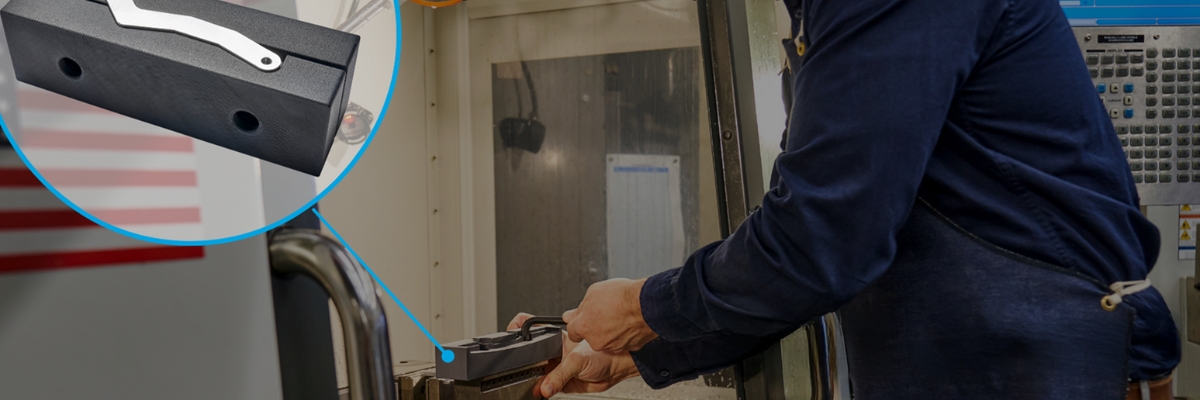
Stiffness
Stiffness is very similar to strength. Reinforcing the matrix material with carbon fibers increases the ability of components to withstand external mechanical stresses before breaking.
This ability is also highly valued in industries where components have to withstand high external forces. In addition to the industries already mentioned, these include the military and tool and mold making.
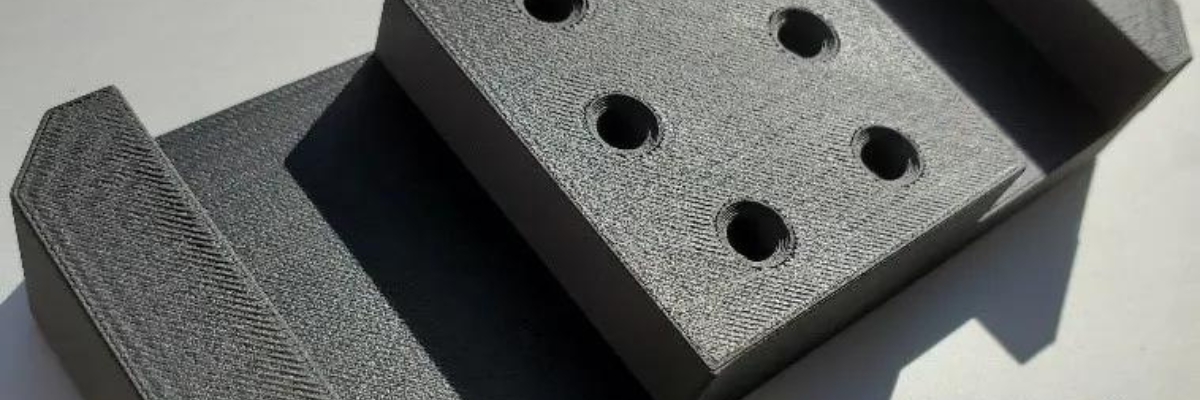
Chemical resistance
Carbon fibers are highly resistant to most chemicals. This means that the chemical resistance of the matrix materials can be massively improved, although chemically sensitive base materials cannot suddenly withstand all chemicals. Ergo, a certain basic resistance must already be present in the base material.
Carbon fiber-reinforced materials are therefore ideal for use in applications and industries where there is a high and constant chemical load, such as electroplating.
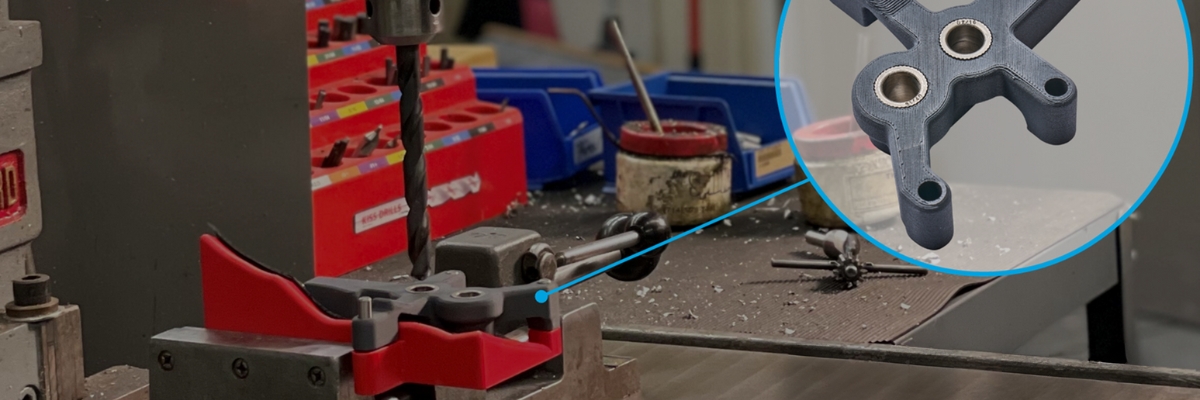
Heat resistance
Carbon fibers not only improve resistance to chemicals, but also to heat. Carbon fiber itself has a melting temperature of over 3,000 °C, which means that with the right base materials, a heat distortion temperature of over 400 °C is no longer a problem, as the Roboze Carbon PEEK Filament impressively demonstrates.
This increased heat resistance opens up further potential applications, such as in the aerospace industry, where the structural and functional integrity of a component in an emergency situation can mean the difference between success and failure, or even life and death.
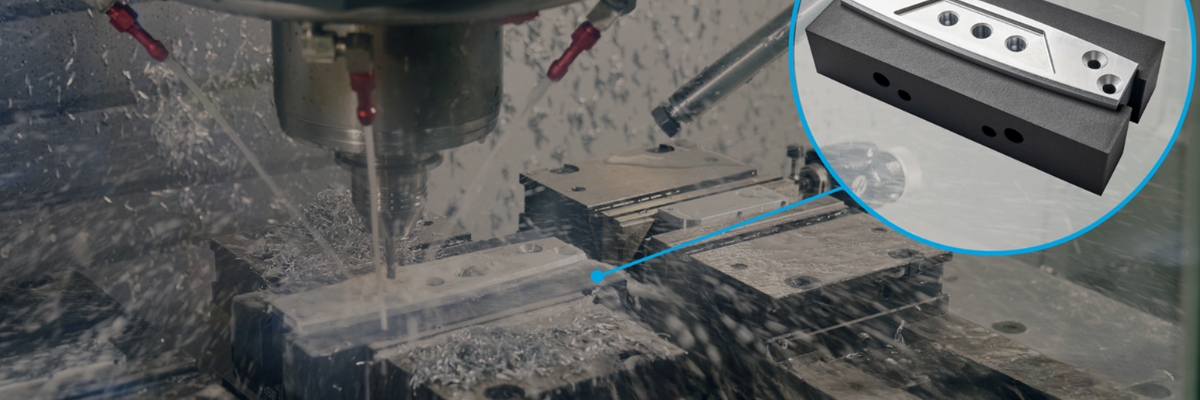
Corrosion resistance
Our last increased resistance leads us to resistance to corrosion, i.e. to the environmental reaction of a component. In particular for outdoor applications, carbon fiber reinforced materials are thus ideal for completely avoiding corrosion processes such as rust in their components.
In addition to the automotive industry, rail transport is another such outdoor application. Components with carbon fibers ensure, among other things, that the rails are more resistant to their environment, which can save the rail industry a great deal of money.

Biocompatibility
Carbon fibers can also score points in the medical sector. They are characterized by excellent biocompatibility, which means that short- and long-term contact with carbon fiber components is not associated with any complications.
This opens up a wide range of medical applications. Whether prosthetics, orthoses or even dental indications – carbon fiber-reinforced materials make these applications possible in a cost-effective and high-quality manner.
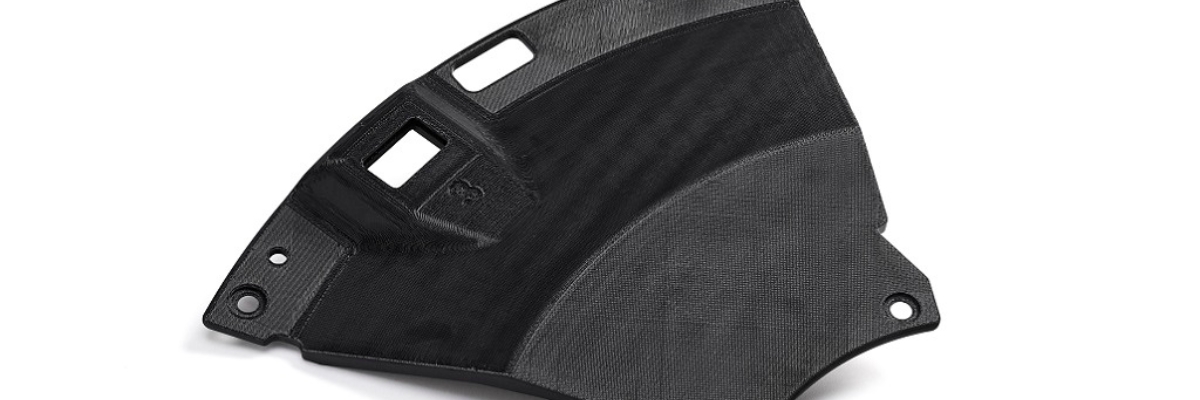
Lightness
Last but not least, another of the most important characteristics of carbon fibers is their enormous lightness, combined with the strength and rigidity already discussed. This makes materials reinforced with carbon fibers an ideal replacement for metal components, which are fundamentally much heavier and also much more expensive to produce.
This light weight is a huge advantage, especially for mobility applications. The lighter the means of transportation, the less energy is required to move it. The climate-friendly efforts of the automotive and aviation industries are thus being taken a major step forward through the use of carbon fiber-reinforced materials.
In addition to the general light weight of carbon fibers, additive manufacturing can be used to produce complex internal structures such as lattice structures or cavities, which can further reduce the weight of a component.

Conclusion
The advantages presented in this blog post are just the tip of the iceberg. Depending on the application, carbon fiber reinforced materials offer a whole range of other advantages that can transform your components from good to ideal.
If you already have a project in mind that would benefit from the use of carbon fibers, simply send us your CAD file here and we will get back to you as soon as possible to validate your project with you.
Thank you for your attention – and until the next blog post!


